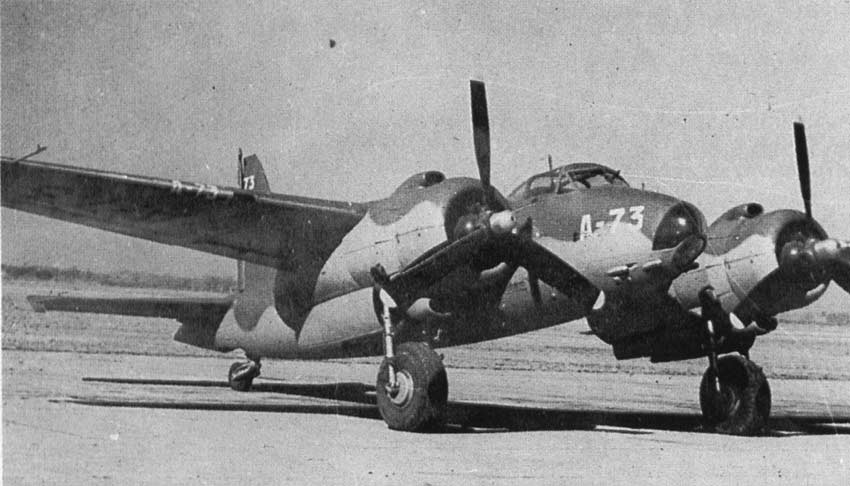You are not logged in.
Dear visitor, welcome to WesWorld. If this is your first visit here, please read the Help. It explains in detail how this page works. To use all features of this page, you should consider registering. Please use the registration form, to register here or read more information about the registration process. If you are already registered, please login here.
 Designed 1942 as a fast light bomber. First flight June 5 1943. In July 1943, 144 were ordered and deliveries began in January 1944 but the order was halved in favour of the B-02 in late 1944.
Designed 1942 as a fast light bomber. First flight June 5 1943. In July 1943, 144 were ordered and deliveries began in January 1944 but the order was halved in favour of the B-02 in late 1944.
Forum Software: Burning Board® Lite 2.1.2 pl 1, developed by WoltLab® GmbH
